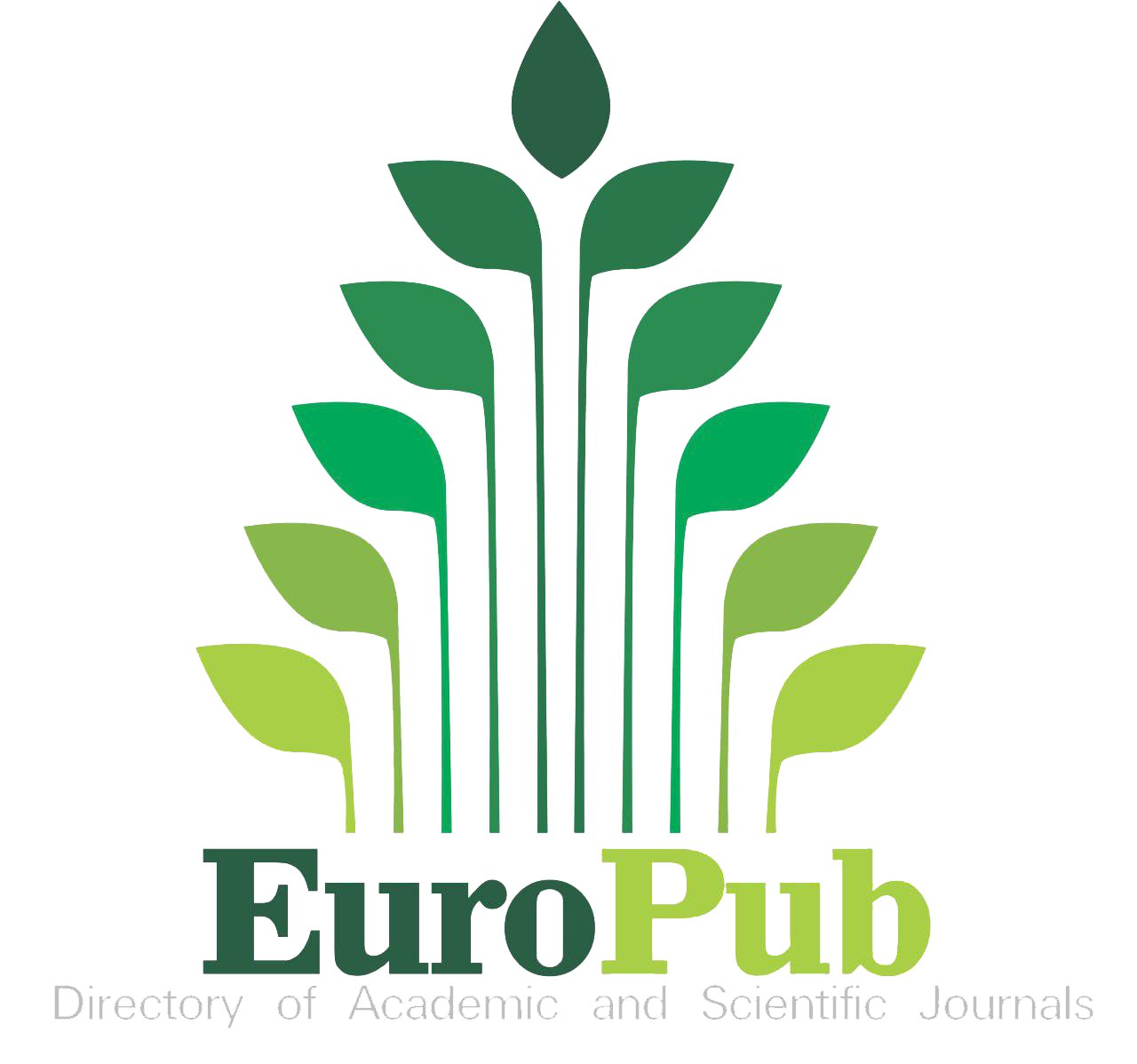Abstract
Soil stabilization is one of the processes that have used widely to enhance pavement structure. Using natural and man-made resources as efficiently as possible while inflicting little environmental harm is known as sustainable roadway building. Reducing energy consumption during construction and making optimal use of materials to reduce waste are two approaches to make roads more sustainable. This project work is concern in chemical soil stabilization with a waste or by-product material. The experiential work included improve sandy soil by using Paper Waste Ash (PWA) and ordinary Portland cement (OPC). laboratory tests included sieve analysis, standard proctor compaction test, California Bearing Ratio Test, Atterberg Limits and Compressive Strength test to determine soil properties. The results showed that mixing of PWA and cement can improve compressive strength of subgrade, reduce pavement layers’ thicknesses and then reduce the total cost of construction. It concluded that using (PWA) reduce the impact on natural materials, landfill and preserve the environment by rotate rubbish and used it instead of cement or other additives in stabilization of unbound pavement layers.
Recommended Citation
Jaber, Noor H; AL-Kafaji, Muna Al-; ABBAS, MANAR GHALEB; Al-Busaltan, Shakir; and Kadhim, Mustafa Amoori
(2025)
"SANDY SOIL STABILIZATION USING PAPER WASTE ASH AS A SUPPLEMENTARY CEMENT MATERIAL,"
Al-Bahir: Vol. 6:
Iss.
1, Article 5.
Available at: https://doi.org/10.55810/2313-0083.1084
References
[1] Huang J, Kogbara RB, Hariharan N, Masad EA, Little DN. A state-of-the-art review of polymers used in soil stabilization. Construct Build Mater 2021;305:124685.
[2] Archibong G, Sunday E, Akudike J, Okeke O, Amadi C. A review of the principles and methods of soil stabilization. Int J Adv Acad Res Sci 2020;6(3):2488e9849.
[3] Afrin H. A review on different types soil stabilization techniques. Int J Transp Eng Technol 2017;3(2):19e24.
[4] Stabilization of clayey sand using fly ash mixed with small amount of lime, GTE 93-98. In: Jirathanathaworn T, Nontananandh S, Chantawarangul K, editors. Proc of the 9th national Convention on civil engineering. Petchaburi: Engineering Institute of Thailand and Thammasat University; 2003.
[5] Abdila SR, Abdullah MMAB, Ahmad R, Burduhos Nergis DD, Rahim SZA, Omar MF, et al. Potential of soil stabilization using ground granulated blast furnace slag (GGBFS) and fly ash via geopolymerization method: A review. Materials 2022;15(1):375.
[6] BS12PART2. Specification for ordinary cement. Rapid hardening cement. London, UK: British Standard Institution (BSI); 1996.
[7] BS4027Part2. Specification for sulfate-resisting Portland cement. 199
. [8] AASHTOM85. Standard specification for Portland cement. Washington, D.C., United States. 1996
. [9] Dunster AM. Paper sludge and paper sludge ash in Portland cement manufacture. Leeds: University of Leeds; 2007.
[10] Mavroulidou M. Use of waste paper sludge ash as a calciumbased stabiliser for clay soils. Waste Manag Res 2018;36(11): 1066e72.
[11] ASTMD702. Standard practice forReducing samples of aggregate to testing size. Conshohocken, PA: ASTM International West; 2018.
[12] AASHTO. Guide fo design of pavement structures. American Association of State Highway and Transportation Officials; 1993. p. 700. [13] ASTMD422. Standard test method for particle-size analysis of soils. Conshohocken, PA: ASTM International West; 2014. [14] ASTMD2216. Standard test methods for laboratory determination of water (moisture) content of soil and rock by mass. 2019.
[15] ASTMD1883. Standard test method for California bearing Ratio (CBR) of laboratory-compacted soils. 2021.
[16] ASTMD4318. Standard test methods for liquid limit, plastic limit, and plasticity index of soils. Conshohocken, PA: ASTM International West; 2005.
[17] ASTMD4318. Standard test methods for liquid limit, plastic limit, and plasticity index of soils. 2018
Included in
African Languages and Societies Commons, Appalachian Studies Commons, Art and Design Commons, Art Practice Commons
















Indexed in: